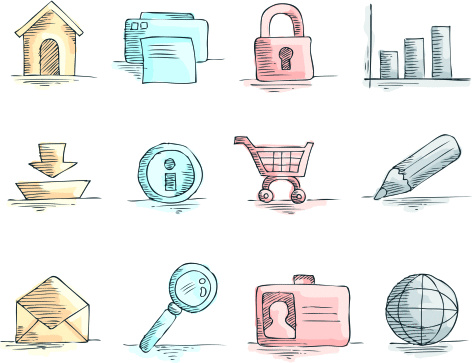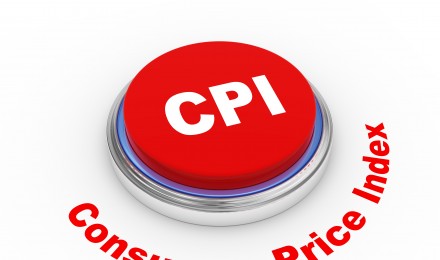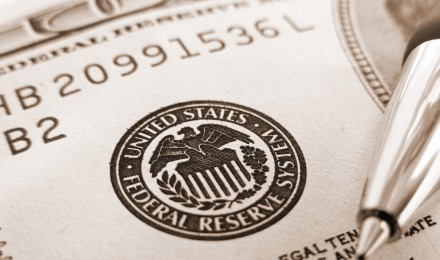The United States Bureau of Labor Statistics released on January 19th its monthly report on the Consumer Price Index. The current monthly report shows an overall 3.0% rise in composite prices from December 2010 to December 2011, down from a 3.4% yearly increase in November 2010. The CPI increase for the same period ending in December 2010 was 1.7%. While 2010 had historically low in increases to the CPI, we saw some significant CPI increases during 2010, with the current CPI increase the largest since December 2006-December 2007.
The Consumer Price Index (CPI) measures the change in pricing of consumer goods and services purchased by households. The CPI is a measure of inflation on the cost of living expenses on a basic “basket” of market goods, and is closely monitored as a sign of economic health.
Comparing 2011 to 2010, the increase in energy prices has generally slowed. December 2010 gasoline prices had risen 13.8% from December 2009, and other indices show a similar slowing in the rate of energy inflation.
Food prices also show a significant rise. Where the December 2009- December 2010 food prices showed a modest 1.7% rise, food prices increased 6.0% from December 2010 to December 2011.
Despite price drops over the past few months, however, energy prices still have shown the significant yearly increases, with gasoline up 9.9%. Overall prices have shown some stability in the past 3 months, however and even some limited declines due to decreased energy prices. The overall price stability may not last, and positive statements throughout much of the media should be taken with a grain of salt until we see how the next few months shake out.
The United States Bureau of Labor Statistics released on January 19th its monthly report on the Consumer Price Index. The current monthly report shows an overall 3.0% rise in composite prices from December 2010 to December 2011, down from a 3.4% yearly increase in November 2010. The CPI increase for the same period ending in December 2010 was 1.7%. While 2010 had historically low in increases to the CPI, we saw some significant CPI increases during 2010, with the current CPI increase the largest since December 2006-December 2007.
The Consumer Price Index (CPI) measures the change in pricing of consumer goods and services purchased by households. The CPI is a measure of inflation on the cost of living expenses on a basic “basket” of market goods, and is closely monitored as a sign of economic health.
Comparing 2011 to 2010, the increase in energy prices has generally slowed. December 2010 gasoline prices had risen 13.8% from December 2009, and other indices show a similar slowing in the rate of energy inflation.
Food prices also show a significant rise. Where the December 2009- December 2010 food prices showed a modest 1.7% rise, food prices increased 6.0% from December 2010 to December 2011.
Despite price drops over the past few months, however, energy prices still have shown the significant yearly increases, with gasoline up 9.9%. Overall prices have shown some stability in the past 3 months, however and even some limited declines due to decreased energy prices. The overall price stability may not last, and positive statements throughout much of the media should be taken with a grain of salt until we see how the next few months shake out.







